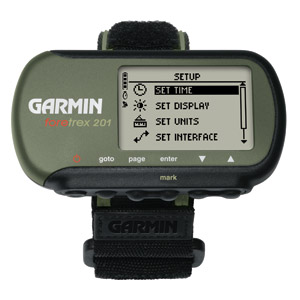So I read on the internets that Outernet was selling their SBC with built in RTL-SDR for $39...so of course I had to get one.
Specifically this board was set up to listen to L-band.
Outernet's goal is to provide free access to content from the web through geostationary and Low Earth Orbit satellites.
So it is a byproduct that this board can listen from 24Mhz to 1.5Ghz.
Let us begin...
For those of you (like me) used to Raspberry Pi images and support...well...
You can download a couple of different images but they are extremely bareboned...so expect to install a lot of packages to get things done.
Luckily, there are some basic instructional pages set up that can at least get you started. And a lot of support on their forum.
However let me say that the hardware itself is much more capable than the pi, dual antennas, dual SD slots, 3 or so USB slots, and even a switch to power it on...in addition when you issue the shutdown command in linux it actually powers off...and there is a hardware button to power it on.
Let me warn you, that the board has no built in network or video. So your admin will be remote. The basic image lets you SSH in, but they only include a wifi USB dongle...so you need to supply a USB ethernet dongle to set up everything else (
So my workflow was to first download the Armbian image. (for the record, during my setups...I re-imaged this file about 5 times until I got it working the way I wanted)
Btw, unlike much hardware...the Dreamcatcher calls itself the Dreamcatcher on the network...so easy to find the IP address...I simply look at the router logs and make a permanent DHCP entry...what ever works best for you.
Next I did the usual updates, and installed tightvncserver.
Then I made tightvncserver boot with the device.
So now I had access to a GUI and SSH.
BTW, there is no onboard wifi...however a wifi usb dongle was included.
Wifi was working as soon as I set it up...I just didn't realize I had to unplug the USB network card to use the wifi...unplugging the ethernet was not enough...or perhaps I am impatient...(it could go either way. )
For Wifi it is pretty simple. The Armbian image comes with a program called nmtui
The usage is more simple than I realized...simply
sudo nmtui
You can do this in a Putty terminal, and you will still get a 'gui'.
I won't go into wifi setup...it is very intuitive through this GUI... BTW the second screen is what you see when you select "Activate a connection" If your network shows up on the list, then attempt to Activate it...if it doesn't, then use the "Edit a connection" and add one.
I tried a number of radio settings, but kept getting errors...however when I installed OpenWebRX, it worked perfectly and is a real nice remote rtl-sdr setup. The Dreamcatcher is the server, and your other computer with web browser is the client. However the remote client is not able to change frequencies...you can only do that in the config settings...so far...
Looks something like this...never mind the desk.
But with that limitation...it is terrific!
So, things to do...
I want to get APRS igate running...
I want to use YAAC...
I want to use a different radio program...



























